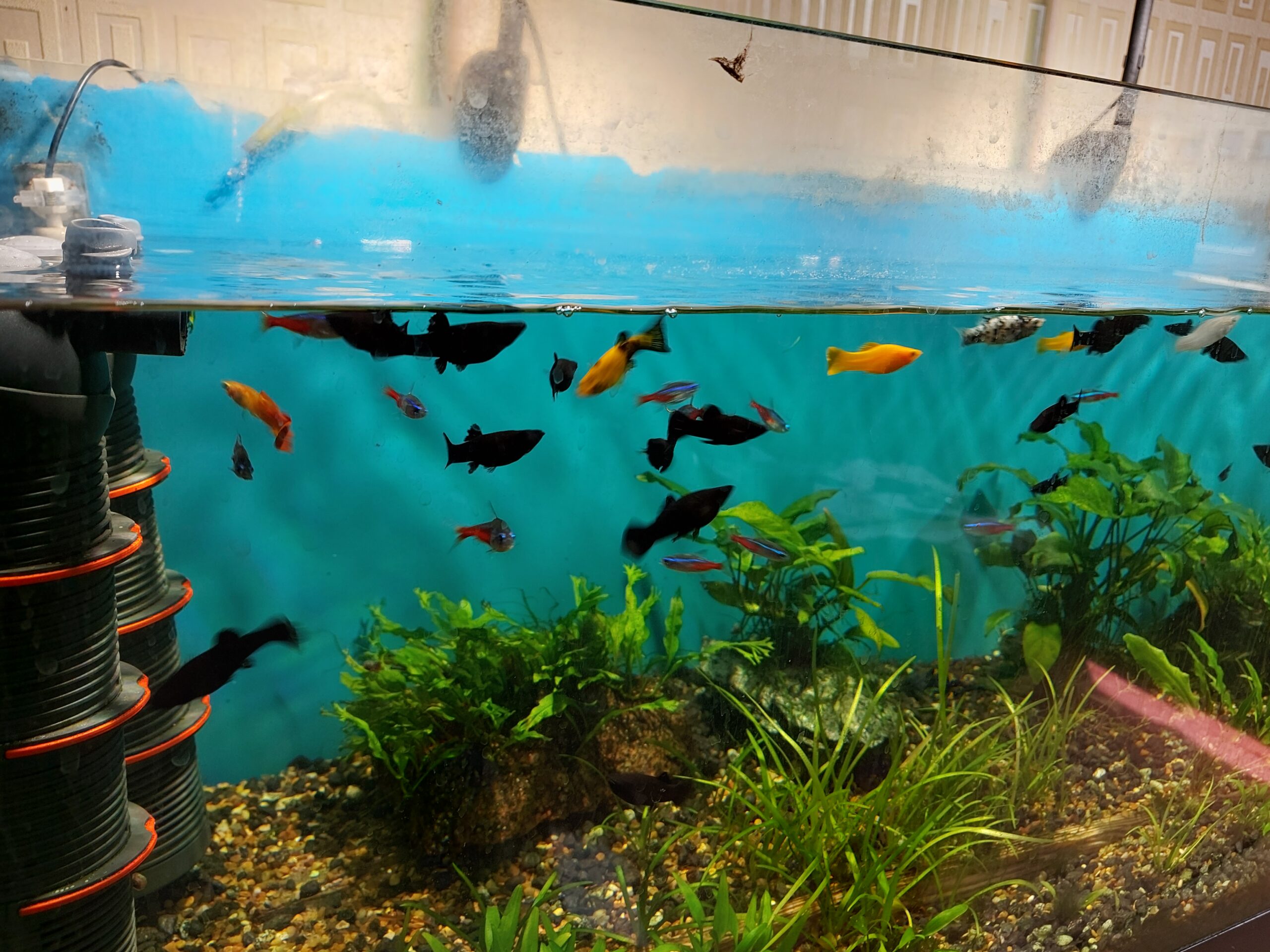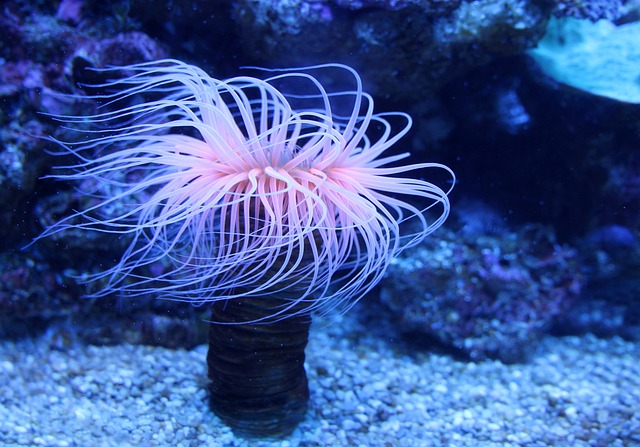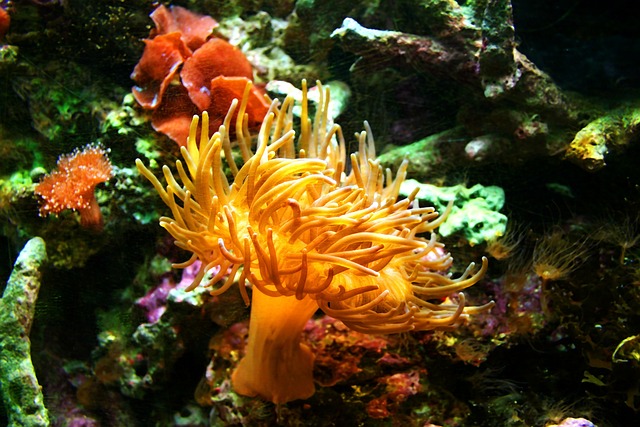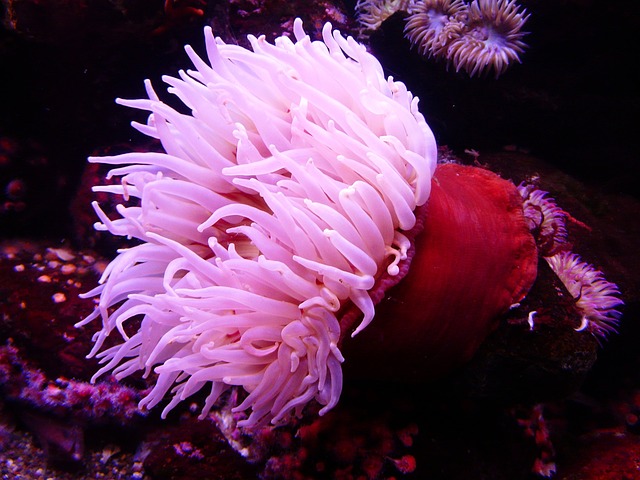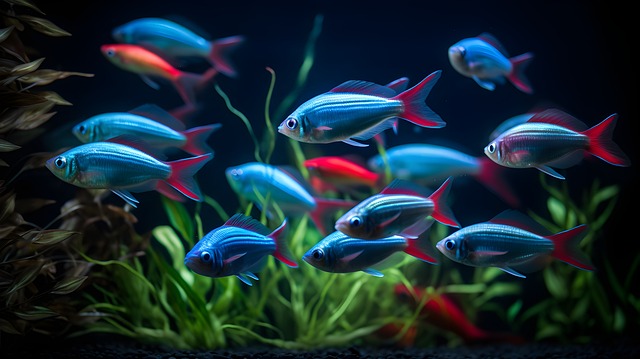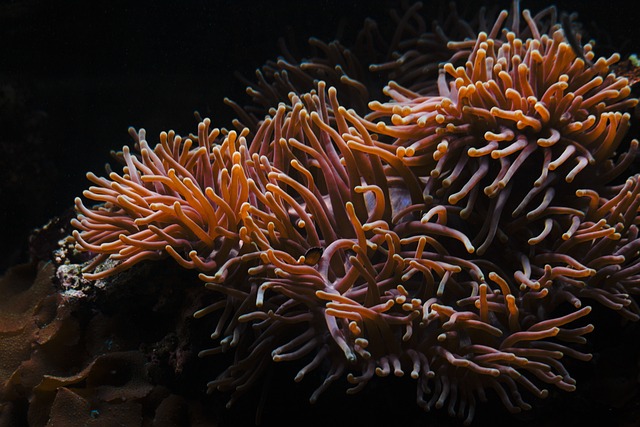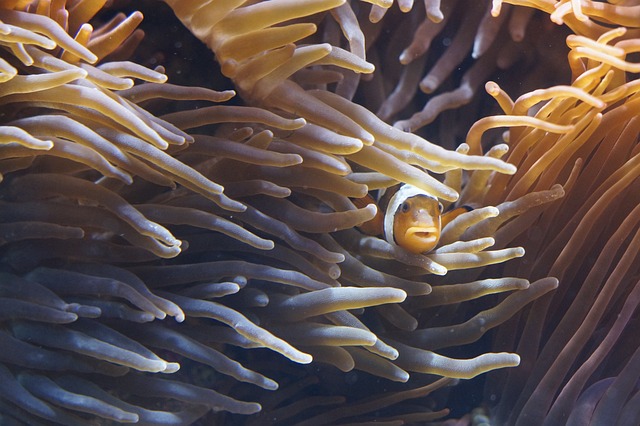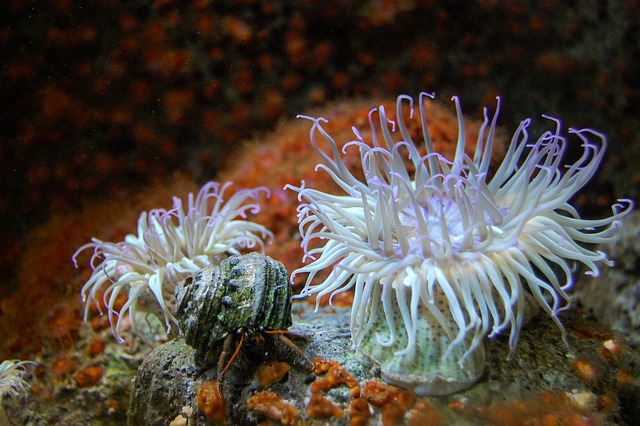Tadpoles and guppies are two aquatic species that are often kept as pets. While both species are relatively easy to care for, many pet owners wonder whether they can be kept together in the same tank. Specifically, some pet owners have asked whether tadpoles can live with guppies.
The answer to this question is not straightforward.
While tadpoles and guppies can coexist in the same tank, several factors must be considered. For example, guppies are known to be aggressive toward smaller fish, so they may view tadpoles as prey.
Additionally, tadpoles require specific water conditions to thrive, which may not be compatible with guppies’ requirements.
Despite these challenges, some pet owners have successfully kept tadpoles and guppies together in the same tank.
By carefully monitoring the tank’s water conditions and providing plenty of hiding places for the tadpoles, it may be possible to create an environment where both species can thrive.
However, it is essential to note that this requires significant research and effort and may not be suitable for all pet owners.
Can Tadpoles Live with Guppies?
There are several factors to consider when it comes to keeping tadpoles with guppies. While these two species can live together, it is essential to understand the benefits and potential risks before deciding.
Factors to Consider
One of the main factors to consider when keeping tadpoles with guppies is the tank size. Tadpoles require a larger tank than guppies, as they produce more waste and more swimming space. Additionally, tadpoles may eat the same food as guppies, leading to resource competition.
Another factor to consider is the water temperature.
Tadpoles require warmer water than guppies, making maintaining the ideal temperature for both species difficult. Therefore, monitoring the temperature regularly and adjusting as needed is essential.
Benefits of Keeping Tadpoles with Guppies
Keeping tadpoles with guppies can provide several benefits. First, tadpoles can help to keep the tank clean by eating algae and other debris. Additionally, guppies can provide food for the tadpoles, as they may eat any excess food that the guppies leave behind.
Potential Risks
There are also potential risks to keeping tadpoles with guppies. For example, tadpoles may eat the same food as guppies, which can lead to competition for resources.
Additionally, guppies may eat the tadpoles, especially if they are small or weak.
Another potential risk is disease. Tadpoles and guppies can both be susceptible to certain diseases, which can spread quickly in a shared tank.
It is essential to monitor the health of both species and take appropriate measures if any signs of illness are present.
Tips for Keeping Tadpoles with Guppies
To successfully keep tadpoles with guppies, it is essential to follow a few tips.
- First, make sure the tank is large enough to accommodate both species.
- Second, monitor the water temperature and make adjustments as needed.
- Third, provide plenty of hiding places for the tadpoles to reduce predation risk.
- Finally, feed the tadpoles and guppies separately to avoid competition for resources.
While tadpoles can live with guppies, there are several factors to consider. Understanding the benefits and potential risks and following the tips for keeping these species together can create a healthy and thriving tank.
Tadpole Care
Habitat Requirements
Tadpoles are aquatic creatures that require a specific environment to thrive. The ideal tadpole habitat is a shallow pond or aquarium with fresh water.
The water should be free of chlorine, heavy metals, and other harmful chemicals. The pH level should be between 7 and 8.5, and the water temperature should be between 70 and 80 degrees Fahrenheit.
Providing a hiding place for tadpoles, such as rocks or plants, is essential. This will help them feel secure and prevent stress. Additionally, the habitat should be kept clean by performing regular water changes and removing any accumulated debris.
Feeding Tadpoles
Tadpoles are herbivores and require a diet of algae, plants, and other aquatic vegetation. They can also be fed commercial tadpole food, which is available at most pet stores.
It is essential to avoid overfeeding, as this can lead to poor water quality and health issues.
As tadpoles grow, their dietary needs will change. They will begin to eat more protein-rich foods, such as insects and small fish. Therefore, it is essential to provide a varied diet to ensure proper nutrition.
Common Tadpole Health Issues
Tadpoles are susceptible to various health issues, including fungal infections, bacterial infections, and parasites. Signs of illness include sluggishness, loss of appetite, and abnormal behavior.
To prevent health issues, it is essential to maintain a clean and healthy environment for the tadpoles. If an illness is suspected, it is necessary to seek the advice of a veterinarian specializing in amphibians.
In conclusion, providing suitable habitats, diets, and care for tadpoles is essential for their health and well-being. By following these guidelines, tadpole owners can ensure their pets thrive and grow into healthy adult frogs.
Guppy Care
Habitat Requirements
Guppies are tropical fish species that require specific environmental conditions to thrive.
They need a tank with at least 10 gallons of water per fish, a pH range between 7.0 and 8.0, and a temperature between 72°F and 82°F.
Guppies prefer a planted aquarium with plenty of hiding spots, such as rocks or driftwood.
Keeping the water clean and well-oxygenated is essential, so a filter and regular water changes are necessary.
Feeding Guppies
Guppies are omnivorous and require a varied diet to stay healthy. They can eat commercial fish food and live or frozen foods, such as brine shrimp or bloodworms.
It’s essential to avoid overfeeding, as this can lead to health problems and water quality issues. A good rule of thumb is to feed small amounts twice a day.
Common Guppy Health Issues
Like all fish, guppies can suffer from various health issues. Some common problems include fin rot, ich, and swim bladder disease.
Fin rot is a bacterial infection that causes the fins to deteriorate; ich is a parasite that causes white spots on the body, and swim bladder disease causes the fish to have difficulty swimming.
These issues can be prevented by maintaining good water quality and a healthy diet. If a guppy does become sick, it’s important to isolate it and treat it promptly to prevent the spread of disease to other fish.
Guppies are relatively easy to care for and make great pets for beginner and experienced fish keepers. They can live for up to two years or more by providing the right environment, diet, and care.

